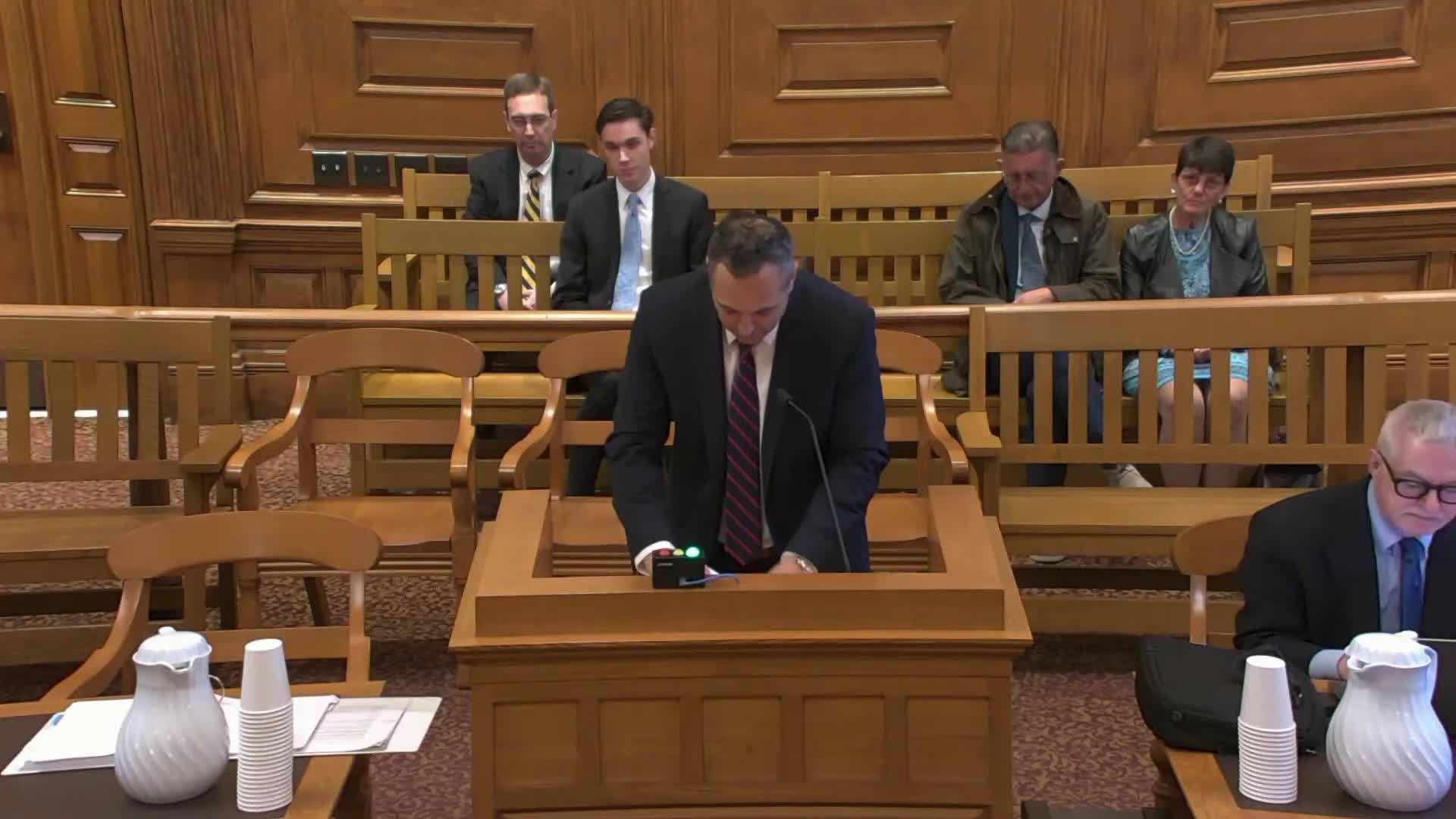Court Reviews $91K Jury Verdict for Renovation Damages in Mulligan Case
October 01, 2025 | Judicial - Appeals Court Oral Arguments, Judicial, Massachusetts
This article was created by AI summarizing key points discussed. AI makes mistakes, so for full details and context, please refer to the video of the full meeting. Please report any errors so we can fix them. Report an error »

In a pivotal session of the Massachusetts Appeals Court on October 1, 2025, the focus was on the contentious issue of jury damages in a real estate dispute involving a promissory note. The case, presided over by Justices Grant, Brennan, and Smyth, highlighted the complexities surrounding jury instructions and the interpretation of damages awarded.
Central to the arguments was the $91,000 figure cited by the jury, which the appellant's counsel argued was misinterpreted and should not have been linked to the promissory note breach. The counsel emphasized that the jury was explicitly instructed to disregard the promissory note claims during deliberations, asserting that the damages awarded were strictly related to renovation costs and not to any breach of contract regarding the note.
The appellant's attorney pointed out that the jury's decision-making process was muddled by a prior exchange in court, where the trial judge had to clarify the scope of the jury's considerations. "There was no implicit finding of a force breach in this case," the attorney stated, underscoring that the jury's instructions were clear and that the promissory note claims had been resolved prior to the trial.
The discussion also touched on the nature of the promissory note itself, described as an unconditional promise to repay a specified amount, with no stipulation that payment had to come from the sale of the property. The attorney argued that the borrower, Miss Mulligan, had failed to make any payments by the note's maturity date, which was acknowledged in pretrial admissions.
As the court deliberated, the appellant's counsel expressed a desire for simplicity in the proceedings, indicating that despite the complexities, they were satisfied with the overall outcome of the case. The session concluded with the court taking a brief recess, leaving the door open for further examination of the jury's findings and the implications of the damages awarded.
This case underscores the critical importance of clear jury instructions and the potential for misinterpretation in complex legal disputes, particularly in real estate transactions. The outcome could set a precedent for how similar cases are handled in the future, especially regarding the clarity of jury directives and the interpretation of damages.
Central to the arguments was the $91,000 figure cited by the jury, which the appellant's counsel argued was misinterpreted and should not have been linked to the promissory note breach. The counsel emphasized that the jury was explicitly instructed to disregard the promissory note claims during deliberations, asserting that the damages awarded were strictly related to renovation costs and not to any breach of contract regarding the note.
The appellant's attorney pointed out that the jury's decision-making process was muddled by a prior exchange in court, where the trial judge had to clarify the scope of the jury's considerations. "There was no implicit finding of a force breach in this case," the attorney stated, underscoring that the jury's instructions were clear and that the promissory note claims had been resolved prior to the trial.
The discussion also touched on the nature of the promissory note itself, described as an unconditional promise to repay a specified amount, with no stipulation that payment had to come from the sale of the property. The attorney argued that the borrower, Miss Mulligan, had failed to make any payments by the note's maturity date, which was acknowledged in pretrial admissions.
As the court deliberated, the appellant's counsel expressed a desire for simplicity in the proceedings, indicating that despite the complexities, they were satisfied with the overall outcome of the case. The session concluded with the court taking a brief recess, leaving the door open for further examination of the jury's findings and the implications of the damages awarded.
This case underscores the critical importance of clear jury instructions and the potential for misinterpretation in complex legal disputes, particularly in real estate transactions. The outcome could set a precedent for how similar cases are handled in the future, especially regarding the clarity of jury directives and the interpretation of damages.
View full meeting
This article is based on a recent meeting—watch the full video and explore the complete transcript for deeper insights into the discussion.
View full meeting
